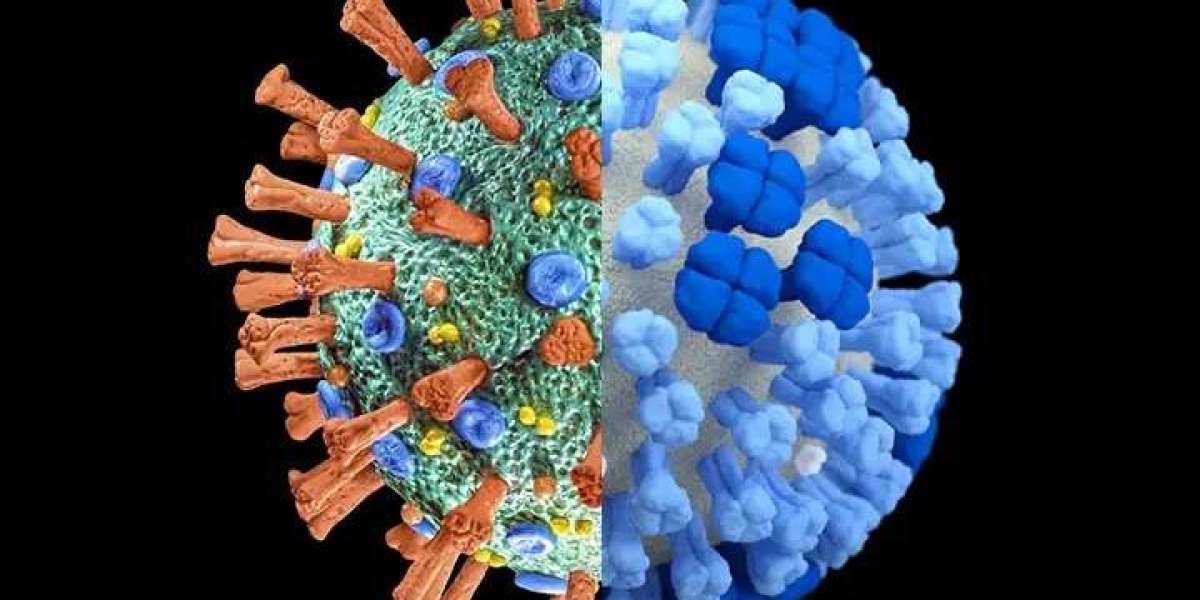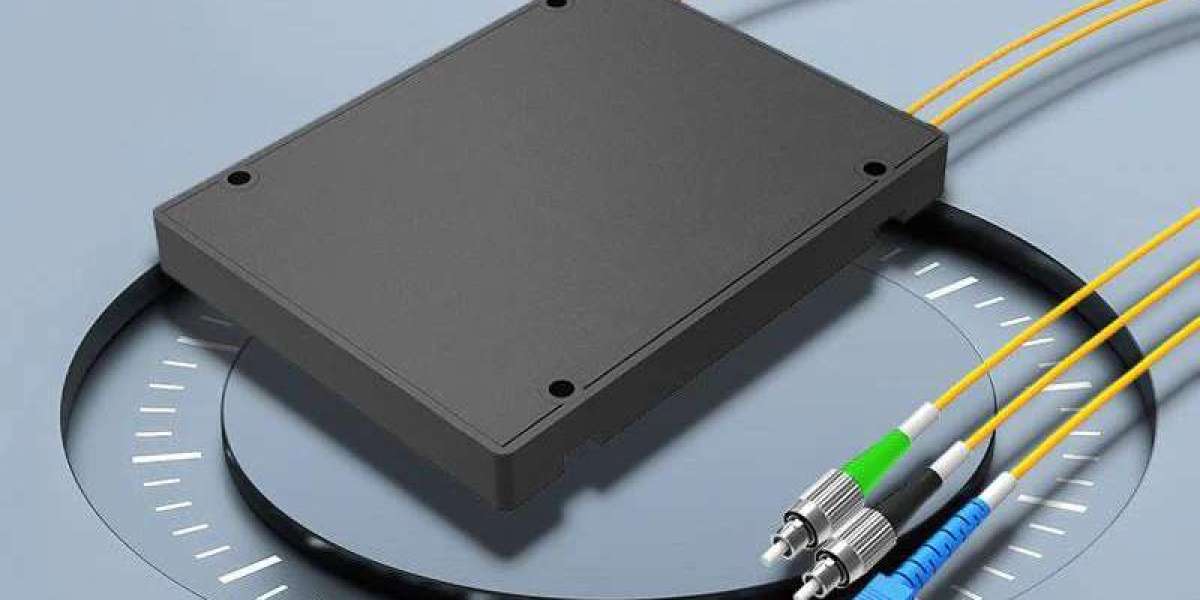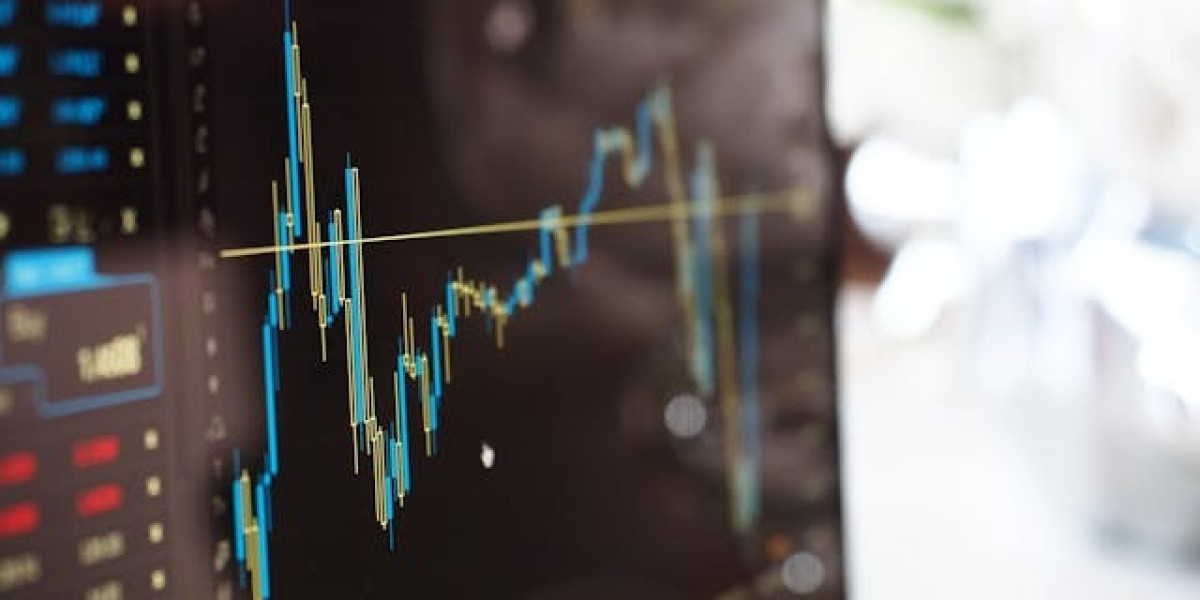article image source: freepik (link)
An international team of astronomers led by the Morgridge Research Institute in the United States has discovered some hidden secrets about black holes. This was achieved by analyzing massive datasets, using more than 12 million simulations supported by high-throughput computing known as neural networks, and with the help of artificial intelligence.
The international scientific team expects their discovery to redefine previous theories regarding black hole behavior, particularly those conducted by the Event Horizon Telescope project.
It is worth noting that this discovery and other discoveries of the secrets of black holes were revealed in a study consisting of three scientific papers scheduled to be published in the Journal of Astronomy and Astrophysics.
This resource was generated with AI. Image source: FreePik.com
What is a neural network?
What distinguishes this discovery about black hole behavior from previous discoveries is its reliance on neural networks to analyze the massive datasets of previous studies, which include a collection of images.
According to a press release from the Morgridge Research Institute, neural networks are an innovative form of distributed computing that automates computing tasks across a network of thousands of computers, transforming a single massive computing challenge into a vast fleet of smaller ones.
The Morgridge Research Institute statement adds that this computational innovation contributes to enhancing big data discoveries in hundreds of scientific projects around the world, including the search for cosmic neutrinos, subatomic particles, and gravitational waves, as well as the detection of antibiotic resistance.
In addition, it can be used to validate results and compare images and data. In cases of uncertainty or uncertainty about the answers to the data to be analyzed, this network we created can provide an answer indicating that it cannot find a specific model that best fits the observational data used. For example, for the magnetic state of the accretion flow around the black hole, it provided a large answer to the uncertainty. This is interesting for us, because we now want to test simulations different from our standard models for these magnetic states to see if they agree better."
advertisement
Neural Networks Reveal Secrets
In 2019, the Event Horizon Telescope project released the first image of a supermassive black hole in The center of the Messier 87 galaxy, and in 2022, they presented an image of the black hole at the center of the Milky Way galaxy, Sagittarius A*.
The Moore Gridge Institute statement adds: "The data behind these images still contain a wealth of information that is difficult to analyze, as previous studies conducted by the Event Horizon Telescope project relied on a small number of realistic synthetic data files."
However, in the new study, astronomers were able to feed millions of these data files into a so-called neural network, enabling them to make a much better comparison with data obtained from the Event Horizon Telescope project images.
The international team of researchers trained a neural network to extract as much information as possible from the data. Among the discoveries made through this process was that the black hole at the center of the Milky Way is rotating at a speed close to its maximum.
The artificial simulation using the neural network also revealed that the emission near the black hole is mainly caused by extremely hot electrons in the accretion disk surrounding the black hole, rather than by a so-called jet. Magnetic fields in accretion disks appear to behave differently than conventional theories for such disks.
Thank you !








